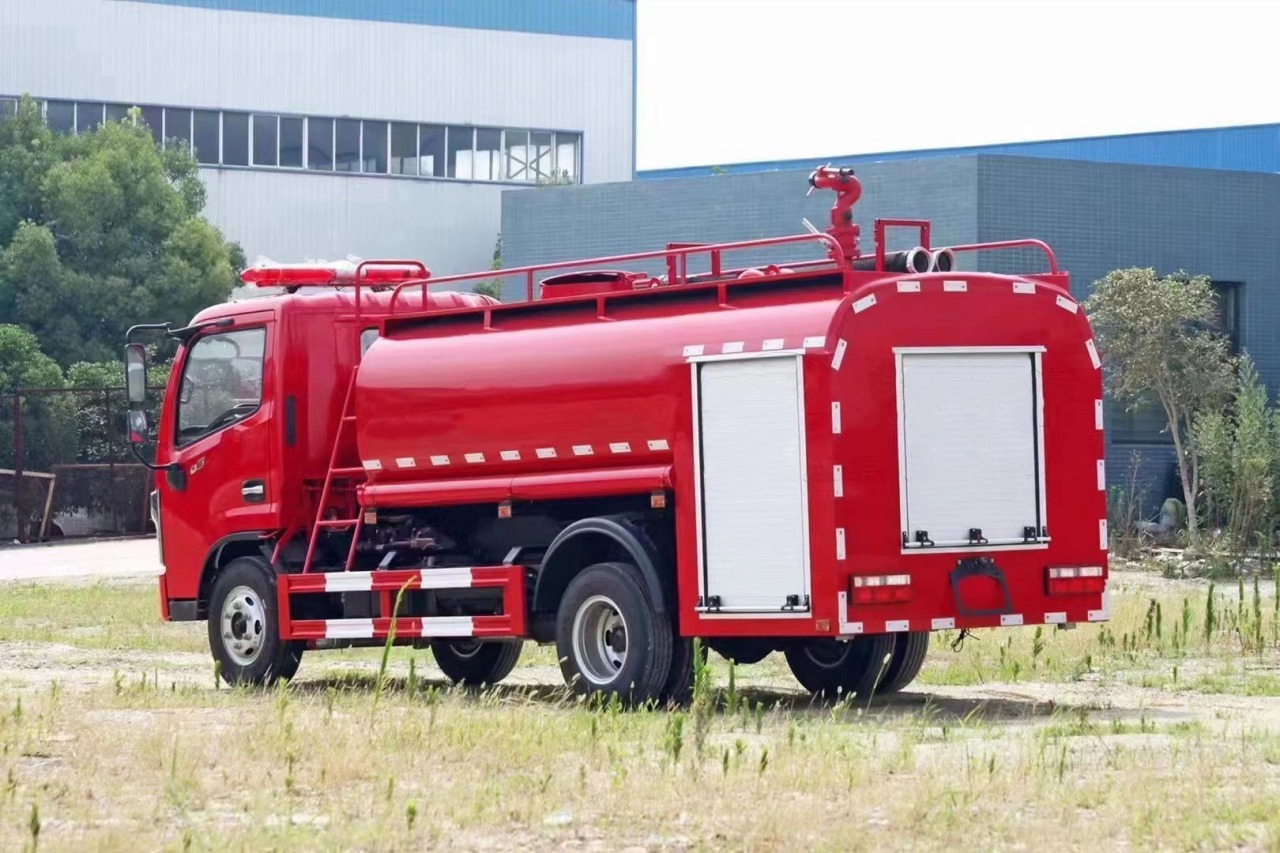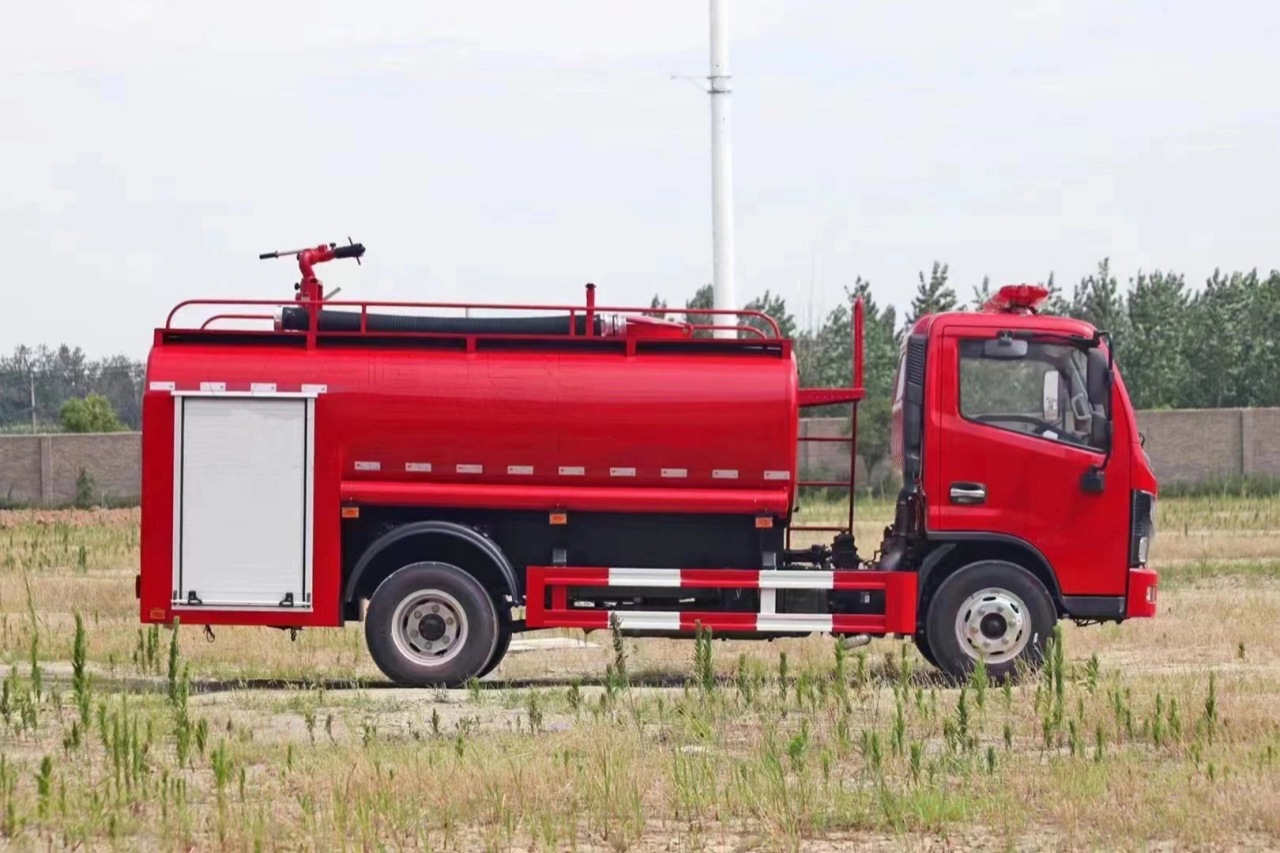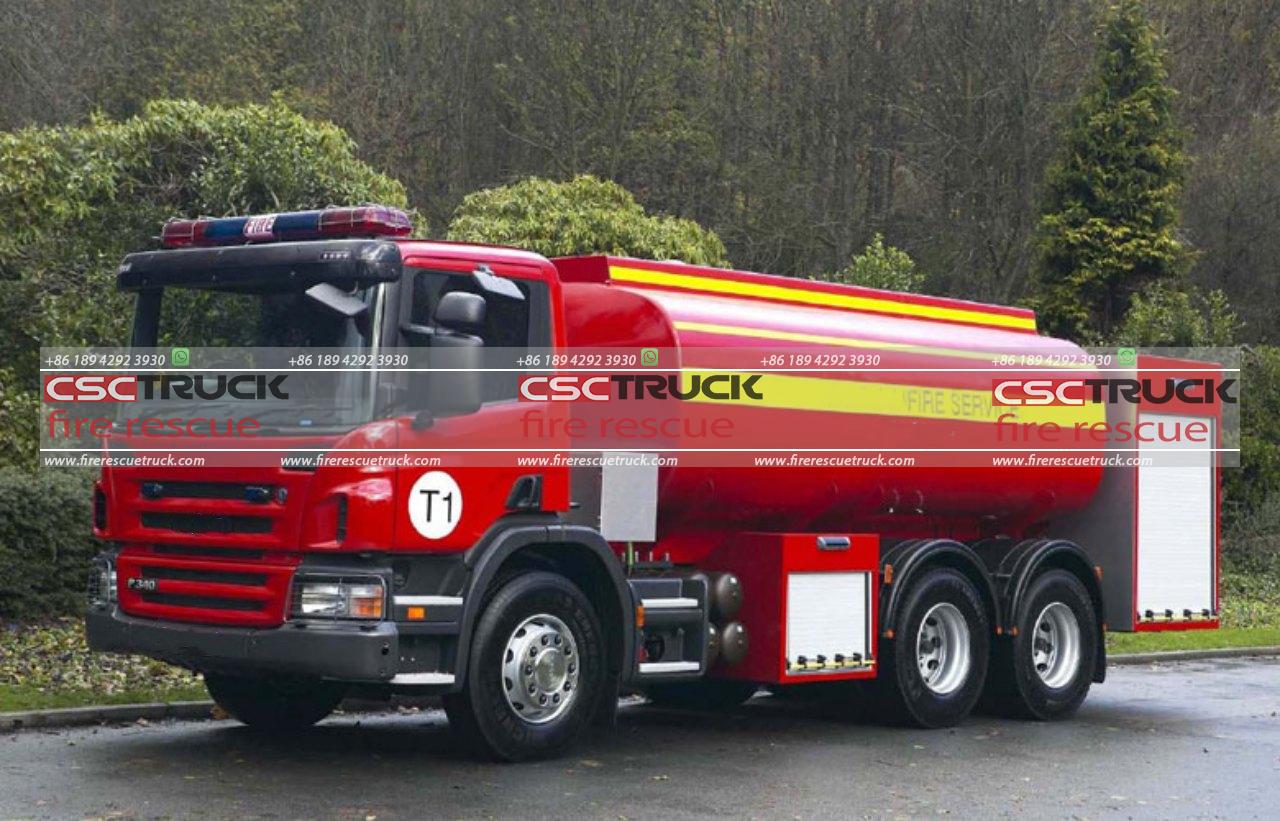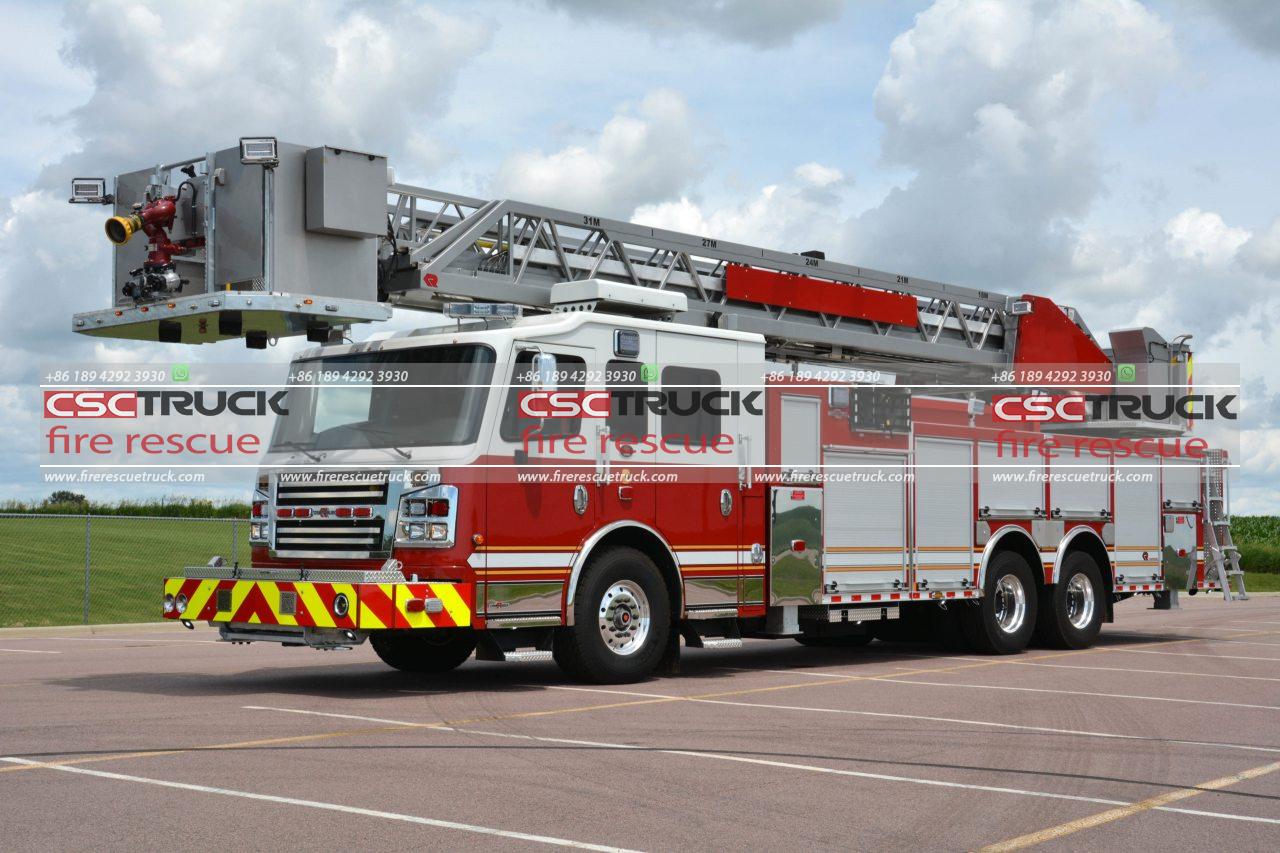In the realm of firefighting and emergency response, the significance of a fire water tank cannot be overstated. These specialized reservoirs serve as crucial components in ensuring rapid and effective firefighting operations, providing a reliable supply of water when combating fires in various environments. From urban settings to remote areas, understanding the role, design, and implementation of fire water tanks is essential for comprehending their vital contribution to fire safety and disaster management strategies.
Importance and Purpose
At its core, a fire water tank functions as a dedicated storage unit for water used exclusively during firefighting activities. Unlike conventional water reservoirs, fire water tanks are engineered to meet stringent standards for reliability, capacity, and accessibility. Their primary objective is to maintain an adequate supply of water at high pressure levels, facilitating the swift deployment of firefighting equipment such as fire trucks, hoses, and pumps.

Design and Construction
The design of a fire water tank takes into account several critical factors to ensure optimal performance during emergencies. These tanks are typically constructed from robust materials such as reinforced concrete, steel, or fiberglass, chosen for their durability and ability to withstand extreme conditions. Depending on the location and specific requirements, fire water tanks may vary in size from moderate capacities suitable for small communities to large-scale reservoirs serving expansive urban areas.
Capacity and Distribution Systems
The capacity of a fire water tank is meticulously calculated based on factors such as anticipated fire risks, population density, and geographic features of the area it serves. Adequate capacity ensures that firefighters have a sufficient water supply to combat fires effectively until additional resources arrive. Distribution systems associated with fire water tanks include specialized piping networks, hydrants, and valves strategically positioned to maximize coverage and accessibility across designated fire zones.

Maintenance and Operational Considerations
Ensuring the operational readiness of fire water tanks demands rigorous maintenance protocols and regular inspections. Routine checks encompass monitoring water quality, assessing structural integrity, and verifying the functionality of associated mechanical and electrical components. Additionally, operational considerations involve establishing protocols for refilling and replenishing water levels promptly after firefighting operations to maintain readiness for future emergencies.
Integration with Firefighting Infrastructure
Fire water tanks are integral components of comprehensive firefighting infrastructure, complementing the capabilities of fire stations, hydrants, and firefighting vehicles. Their strategic placement within communities and industrial facilities minimizes response times and enhances the efficiency of firefighting efforts. Furthermore, advancements in technology have facilitated the integration of automated monitoring systems and remote sensing capabilities, enabling real-time assessment and management of water levels and system performance.

Environmental and Regulatory Compliance
The construction and operation of fire water tanks are subject to stringent regulatory requirements and environmental considerations. Compliance with local ordinances, building codes, and environmental regulations ensures that these structures are constructed responsibly and operate in harmony with their surroundings. Measures to prevent contamination and mitigate environmental impact are prioritized to safeguard natural resources and public health while fulfilling the critical role of fire protection.
Innovation and Future Trends
Advancements in firefighting technology continue to influence the evolution of fire water tanks, emphasizing sustainability, efficiency, and resilience. Innovations such as rainwater harvesting systems, solar-powered pumps, and modular tank designs are increasingly adopted to enhance operational flexibility and environmental sustainability. Moreover, research and development efforts focus on enhancing fire water tank resilience against natural disasters and adapting to changing climate conditions to uphold their reliability in safeguarding communities.

Conclusion
In conclusion, the significance of fire water tanks transcends their role as passive reservoirs, embodying essential components of proactive fire safety and emergency preparedness strategies. As custodians of critical water resources, these tanks exemplify engineering excellence and steadfast commitment to protecting lives and property against the devastating impact of fires. By understanding their design principles, operational dynamics, and regulatory framework, stakeholders can leverage fire water tanks as indispensable assets in fostering resilient communities and ensuring comprehensive fire protection measures for generations to come.
Through continuous innovation and adherence to best practices, fire water tanks stand as stalwart sentinels in the relentless pursuit of fire safety, epitomizing the harmonious coexistence of technological prowess and societal responsibility in safeguarding our collective well-being.







